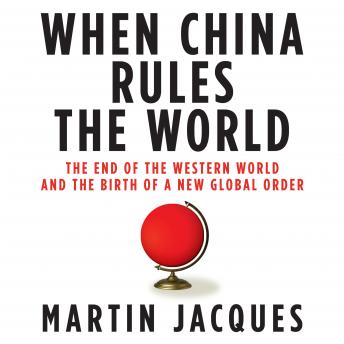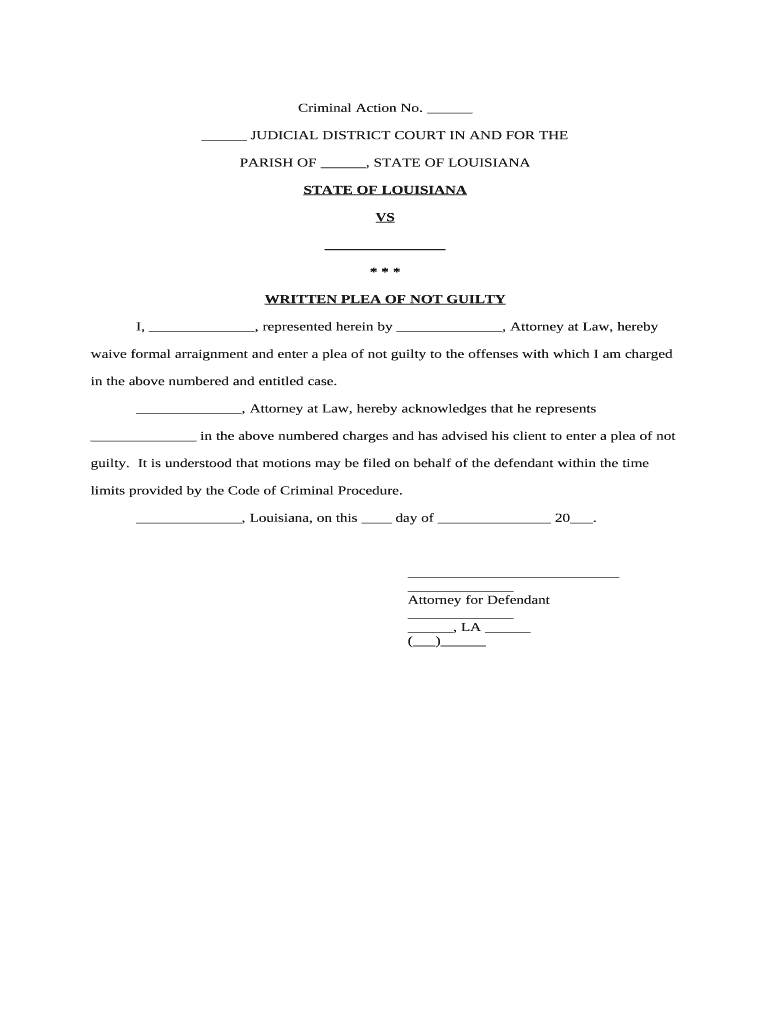The Changing Global Landscape: America's Military And China's Ascendance

Table of Contents
America's Military Hegemony: Strengths and Weaknesses
America's military might has been the cornerstone of its global influence for decades. This dominance rests on several pillars, but it also faces significant challenges.
Technological Superiority
The US military boasts a technological advantage in numerous areas. This superiority is built upon decades of investment in research and development.
- Aircraft carriers: The US Navy operates the world's largest fleet of aircraft carriers, projecting power globally.
- Nuclear arsenal: A vast and sophisticated nuclear arsenal remains a cornerstone of US national security strategy.
- Precision-guided munitions: Advanced weaponry, including precision-guided munitions, allows for surgical strikes minimizing civilian casualties.
- Defense budget: The substantial US defense budget fuels continuous technological innovation across all branches of the military, including advancements in cyber warfare.
Global Network of Allies
The US military benefits immensely from a vast network of global alliances and strategically located military bases.
- NATO: The North Atlantic Treaty Organization provides a powerful collective security framework in Europe.
- Other key alliances: Alliances across the globe, including in the Pacific and the Middle East, enhance the US military's reach and capabilities.
- Forward operating bases: A network of bases allows for rapid deployment and sustained military operations worldwide. However, the maintenance of these bases presents significant logistical and financial challenges.
Challenges to American Dominance
Despite its strengths, America's military dominance faces considerable headwinds.
- Defense spending: The sheer cost of maintaining a global military presence is immense, placing a strain on the national budget.
- Logistical challenges: Projecting power globally requires complex logistical operations that are susceptible to disruptions.
- Emerging technologies: Competitors are rapidly closing the technological gap, developing capabilities in areas such as hypersonic weapons and artificial intelligence.
- Asymmetric warfare: Non-state actors and unconventional warfare tactics pose new challenges to traditional military strategies.
China's Military Modernization: A Rapid Ascent
China's military has undergone a dramatic transformation in recent decades, rapidly modernizing its capabilities across all domains.
Investment in Military Capabilities
China has invested heavily in its military, transforming it from a primarily land-based force into a technologically advanced, multi-domain fighting force.
- Naval expansion: China is rapidly expanding its navy, including the development of aircraft carriers and advanced submarines.
- Air force modernization: Significant investments have modernized the Chinese air force with advanced fighter jets and sophisticated air defense systems.
- Space capabilities: China is actively developing its space capabilities, including anti-satellite weapons, raising concerns about space security.
- Defense industrial base: China has cultivated a robust defense industrial base capable of producing increasingly sophisticated weaponry.
Expansion of Military Reach
China is increasingly assertive in projecting its military power, expanding its influence across the globe.
- South China Sea disputes: China's claims in the South China Sea have led to increased tensions with neighboring countries.
- Belt and Road Initiative: The Belt and Road Initiative, while primarily an economic project, also has significant geopolitical and military implications.
- Strategic partnerships: China is forging strategic partnerships with various nations, expanding its sphere of influence.
Cyber Warfare and Information Operations
China's capabilities in cyber warfare and information operations are growing, posing a significant threat to global security.
- Cyberattacks: China has been implicated in numerous cyberattacks targeting critical infrastructure and intellectual property.
- Information warfare: China uses propaganda and disinformation campaigns to influence global narratives.
- Hybrid warfare: China is adept at employing hybrid warfare tactics, blending conventional and unconventional methods.
The Implications for Global Stability
The evolving power dynamic between the US and China has significant implications for global stability.
Increased Regional Tensions
The shifting balance of power has heightened tensions in several key regions.
- South China Sea: The South China Sea remains a major flashpoint, with the potential for military escalation.
- Taiwan Strait: The future of Taiwan is a crucial issue with potentially significant consequences.
- Other regional conflicts: The power dynamic between the US and China exacerbates existing regional conflicts.
Economic Interdependence and Conflict
The economic interdependence between the US and China creates a complex dynamic, where economic conflict can easily escalate into military confrontation.
- Economic sanctions: The use of economic sanctions as a tool of geopolitical leverage can easily destabilize global markets.
- Trade wars: Trade disputes can rapidly escalate into broader economic and even military conflicts.
- Global supply chains: Disruptions to global supply chains can have devastating consequences for the global economy.
The Role of International Institutions
International institutions play a crucial role in managing the US-China relationship and preventing conflict.
- International cooperation: Multilateral cooperation is essential for addressing common challenges.
- Conflict resolution: International organizations must be effective in mediating disputes and preventing escalation.
- International security: Maintaining international security requires collaborative efforts and effective diplomacy.
Conclusion: Navigating the Changing Global Landscape
The changing global landscape, defined by America's military might and China's ascendance, presents unprecedented challenges to global stability. Understanding the strengths and weaknesses of both nations' military capabilities, alongside the implications for regional tensions and economic interdependence, is crucial. The future of the US-China relationship will hinge on careful diplomacy, strategic planning, and a commitment to peaceful resolution of disputes. Understanding this complex interplay between America's military and China's ascendance is crucial for shaping a secure and stable future. Continue learning about this critical geopolitical shift to contribute to informed discussions and effective solutions.

Featured Posts
-
 Covid 19 Case Increase A New Variants Potential Role According To The Who
May 31, 2025
Covid 19 Case Increase A New Variants Potential Role According To The Who
May 31, 2025 -
 The Truth About Rising Uk Vet Bills Corporate Influence And Solutions
May 31, 2025
The Truth About Rising Uk Vet Bills Corporate Influence And Solutions
May 31, 2025 -
 Duncan Bannatynes Support For Life Changing Childrens Charity In Morocco
May 31, 2025
Duncan Bannatynes Support For Life Changing Childrens Charity In Morocco
May 31, 2025 -
 Russell Brands Not Guilty Plea What Happens Next In The Legal Process
May 31, 2025
Russell Brands Not Guilty Plea What Happens Next In The Legal Process
May 31, 2025 -
 Misconceptions About Ai Learning A Path To Responsible Ai Application
May 31, 2025
Misconceptions About Ai Learning A Path To Responsible Ai Application
May 31, 2025
